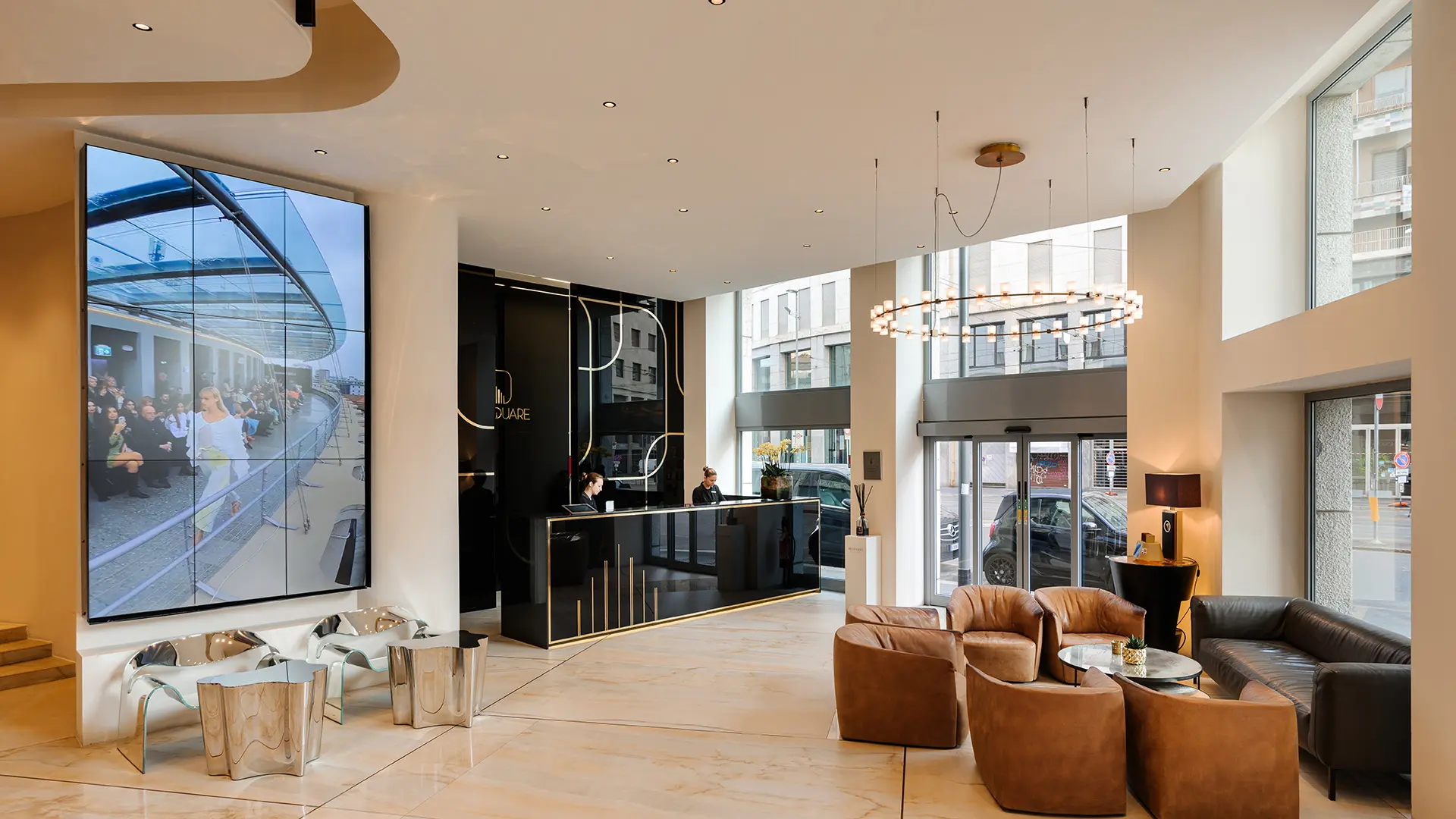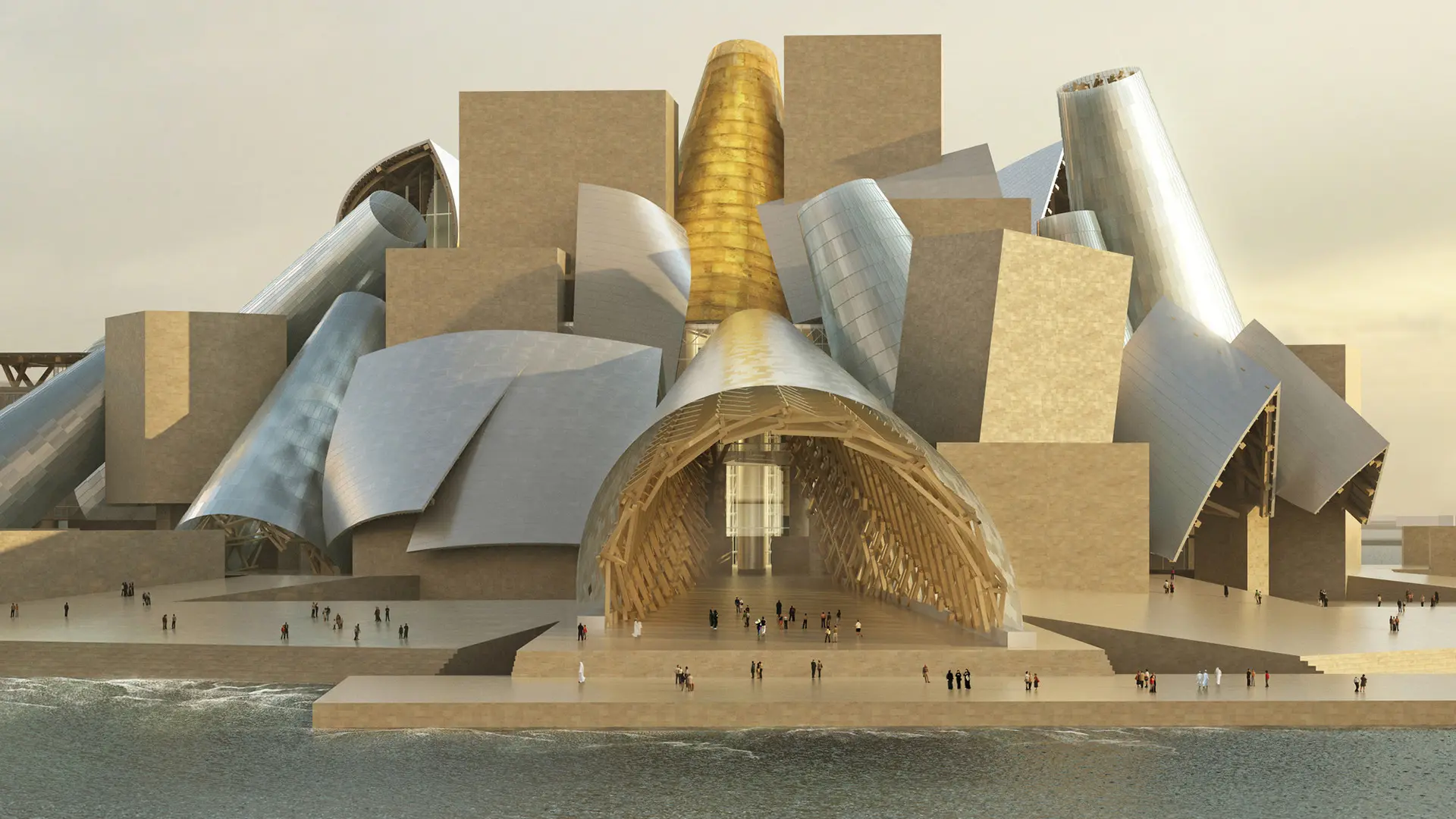In partnership with MiCodmc, a selection of establishments ripe for discovery during the 64th edition of the Salone del Mobile.Milano, from 21 to 26 April 2026
Eco design: sustainable innovation to achieve the UN’s SDGs

Cobe, The Opera Park, Copenhagen
The 17 goals of the United Nations 2030 Agenda identify ambitious objectives to tackle major global challenges. These also inspire the world of design and eco design
Setting shared goals, and trying to assess the progress made is a good practice for governing change in any sector. The work done by the United Nations and the specialized agencies that are part of it is no less significant: and this is not only because action on a global scale needs focus and metrics, but also because the problems looming over our planet have no hope of ever being solved without coordination and visibility.
SDGs - Sustainable Development Goals: what they are and why they’re important
It is in this spirit that the United Nations launched its Sustainable Development Goals, commonly abbreviated as SDGs, in 2015. An acronym that has gained ground both in the institutional and economic spheres, gradually becoming familiar even to a public of non-specialists. Behind these few letters, we find 17 goals on the agenda that aim to solve global humanitarian and ecological problems by 2030. They include hunger, access to clean water and education, and assistance in development in the fields of industry, energy, or gender equality. Divided into 169 targets, the goals are the cornerstones of the Global Agenda for Sustainable Development. While not legally binding, they are a guide to coping with transnational challenges. Beyond the United Nations, the SDGs are benchmarks for governments and institutions, as well as for companies in the private sector that are most careful to link their growth to a harmonization of environmental and social impact. Compared to the Millennium Development Goals that preceded them, the sustainability component has a preponderant weight in the SDGs: adaptation and mitigation of the harmful effects of climate change is the beating heart of all the goals, to be able to assist inclusive development with decarbonization and protection of the ecosystem.
Eco design, for sustainable products regulation
Eco-design has contributed decisively to the definition of the SDGs through the implementation of their now famous visual identity. A non-trivial iconographic challenge: how to synthesize the specifics of the objectives through symbols that can be understood by the most diverse cultural backgrounds? And how to make them memorable and necessarily iconic? The graphic development of the SDGs was entrusted to Jakob Trollbäck, a Swede and naturalized New York designer and head of the Trollbäck+Company agency. In addition to the logo, the famous 17-segment wheel, Trollbäck also developed the corresponding pictograms and the associated brand manual. All the material was then developed in six different versions corresponding to the six official languages of the United Nations.
In the field of systemic and product eco-design, there are numerous initiatives that look at the SDGs as a compass, using a human-centered approach to contribute to interventions in the social sphere. The non-profit platform Design for Good1, an official partner of the United Nations, brings together over 600 international designers currently working towards two specific sustainable goals: quality education for all (SDG 4) and access to clean water and sanitation (SDG 6). The projects developed, all open source, are donated to be applied by the communities through the mediation and activation of local experts and activists. Among the more than twenty projects in the pipeline, many focus on the problem of toilets, for example by studying portable biodigester solutions, like the ones that have been distributed in more than 16,000 homes in Kumasi, Ghana.2 Others, such as the Foot Forward Fund, seek to promote menstrual hygiene through information kits for 13,000 girls in East Africa, to promote awareness of the female body during puberty. Other projects use digital technologies, for example to map, as with Biome, the wells in the Bangalore area, which is heavily affected by a growing scarcity of water resources, giving the population better access to water.
SDGs - Sustainable Development Goals: what impact do they have?
Looking at a broader, architectural scale, the Sustainable Development Goals are central to ensuring that urban planning can contribute to alleviating poverty and enhancing environmental resilience through energy efficiency, clean energy, transport, and a better adaptation of the fabric of cities to climate change. One whole SDG, number eleven, is about Sustainable Cities and Communities. Specific guidelines, like those of the UN-Habitat's Global Future Cities Program, have been developed to support sustainable urban growth in developing countries. With 31 case studies now completed in 19 emerging countries, the program invited people to address issues such as participatory planning, social housing, smart cities, multimodal transport and protection from floods and earthquakes, improving opportunities calibrated to specific urban contexts.
Then there are those who look at the SDGs as an unparalleled educational toolkit. To raise awareness about sustainability goals, the DesignforSDGs association has launched a series of design challenges in schools in the United Kingdom. Inspired by four design attitudes – critical thinking, collaboration, creativity and communication – the challenges have made for the development of solutions on a local, regional and national scale that were then debated in a final event. The 2024 edition involved about a thousand students. This was an important opportunity for dissemination, as well as a concrete tool to foster positive change starting from the generations who will be most involved in meeting the growing need for social justice and environmental integration.
Sustainability is in the DNA of Salone del Mobile.Milano, as evidenced by ISO 20121, the certification for the event sustainability management system, awarded following the 2023 edition. This certification recognizes the ethical and sustainable path of the Salone and directs the event management system toward continuous improvement.


 Sustainability
Sustainability








